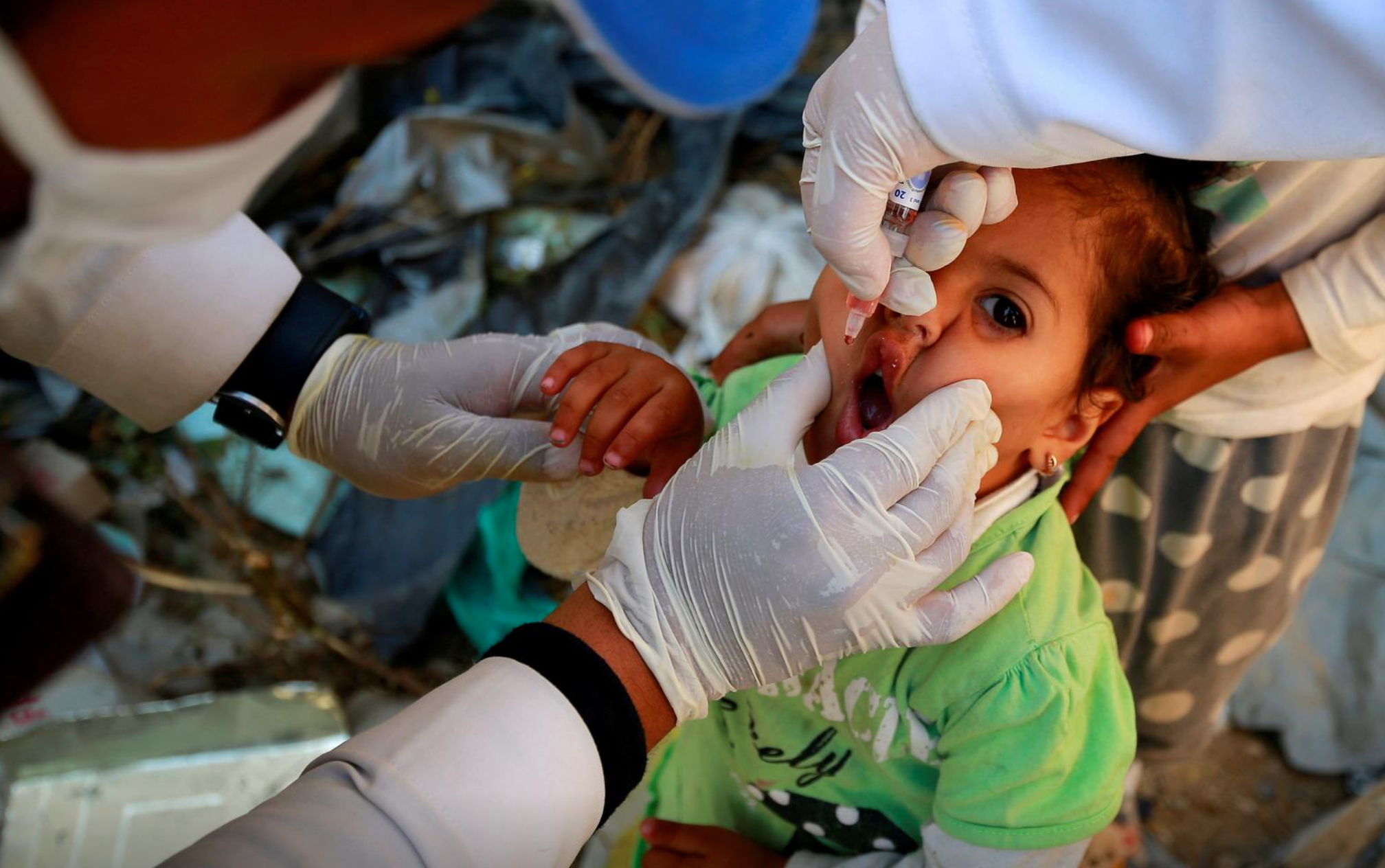
Infants who nurse during vaccinations may cry less and feel less pain than babies who are soothed in other ways, a research review suggests.
Researchers examined data on breastfeeding and infant pain during needle sticks from 10 previously published studies with a total of 1,066 babies ages one to 12 months.
On average, breastfeeding babies cried for 38 seconds less than babies who didn’t nurse during vaccinations, researchers report in the Cochrane Database of Systematic Reviews. Pain scores based on observations of babies’ behavior were also lower when infants were breastfed during needle sticks than when they were not.
“We already knew that breastfeeding reduced pain during blood collection in newborn babies,” said lead study author Denise Harrison, a researcher at the University of Ottawa and Children's Hospital of Eastern Ontario.
“However we did not know if the same effects would be evident in older babies beyond the newborn period,” Harrison added by email.
To assess the potential for breastfeeding to curb pain in babies after the first month of life, researchers analyzed data from studies that compared nursing to alternative pain relief methods such as bottles of formula, pacifiers, cuddling, distraction, topical analgesics, and skin-to-skin contact.
These previously published studies looked at a variety of needle stick procedures in addition to vaccinations, including blood draws and intravenous line insertions.
The 38-second reduction in crying time during vaccinations was found in a pooled analysis of six studies of 547 infants who were breastfed, given water or offered no interventions during the shots.
Breastfeeding didn’t consistently result in changes in physical indicators of pain such as heart rate, however.
Pain scores were also lower for babies who nursed during vaccinations, although the authors note it’s difficult to gauge discomfort in young infants.
Nursing appeared to be more effective at pain reduction than sugar water, pain creams or sprays at the injection site, maternal cuddling or massage, according to data from four studies that examined these alternatives.
None of the studies reported any adverse events associated with breastfeeding
Beyond the small size of studies included in the analysis, other limitations of the research review include the lack of data on breastfeeding for blood samples or drip insertions and the limited information on babies receiving 12-month vaccinations, the authors note.
Still, it’s possible that breastfeeding may be an effective pain reliever because it boosts oxytocin – a hormone associated with calmness, pain reduction and a sense of wellbeing – in both mothers and babies, said Barbara Morrison, a researcher at Wichita State University School of Nursing in Kansas.
“Additionally, the oxytocin calm decreases stress levels, making infants more relaxed,” Morrison, who wasn’t involved in the study, added by email.
“The more relaxed one is the less the sensations of pain. Being separated from mother during a painful procedure causes the infant to feel abandoned, significantly increasing their stress,” Morrison said.




